As a beginning gardener or an experienced one, knowing whether hydrangeas are annuals or perennials is helpful. Hydrangeas are Asia native plants that are classified as invasive— a plant with weed-like qualities. Yet, their charm convinces gardeners otherwise.
Caring for any plant garden— outdoor, greenhouse, or indoor— is not something that you can just “wing.” It’s not a carefree commitment. Gardening requires planning, maintenance, and consistency. When you are selecting from the different types of plants for your garden, you need to know if the plant is annual or perennial. There are two main reasons why:
- It lets you know when to expect flower blooms.
- It gives you an idea of the plant’s life expectancy.
So, you’ve decided to select hydrangeas as the new addition to your garden. The next step is to determine if hydrangeas are annual or perennial. An annual plant is a plant that goes through its life cycle— from seed to flower to seed— in one growing season. Perennial plants have life cycles that expand throughout many growing seasons. Which one describes hydrangeas?
Read on as we answer the pending question along with a further discussion of the characteristics, plant varieties, and hardiness zones of hydrangeas.
Are Hydrangeas Annuals or Perennials?
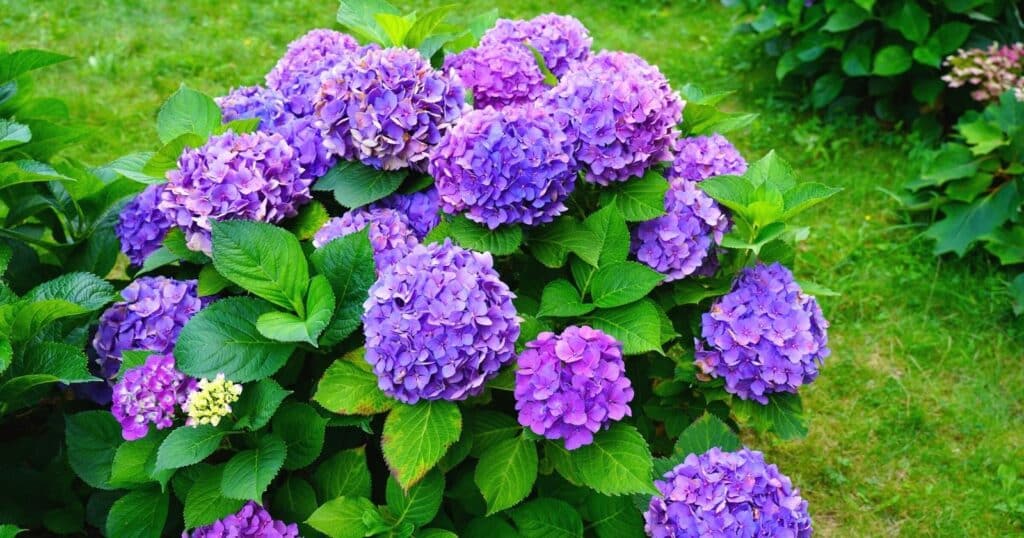
The answer is…hydrangeas are perennials. They are deciduous perennial shrubs and vines.
Most hydrangeas, no matter the variety, are considered to be perennial plants. However, some hydrangeas can be grown as an annual plant. This greatly depends on the hardiness zone, including climate and location, of the area where the hydrangea will be grown. In unfavorable conditions, hydrangeas will respond to the environment just as an annual plant.
Annual plants tend to have shorter periods of blooming. Hydrangeas are best planted in the late fall and early spring. Eye-catching blooms will appear in the summer and early fall.
Common Characteristics of Hydrangeas
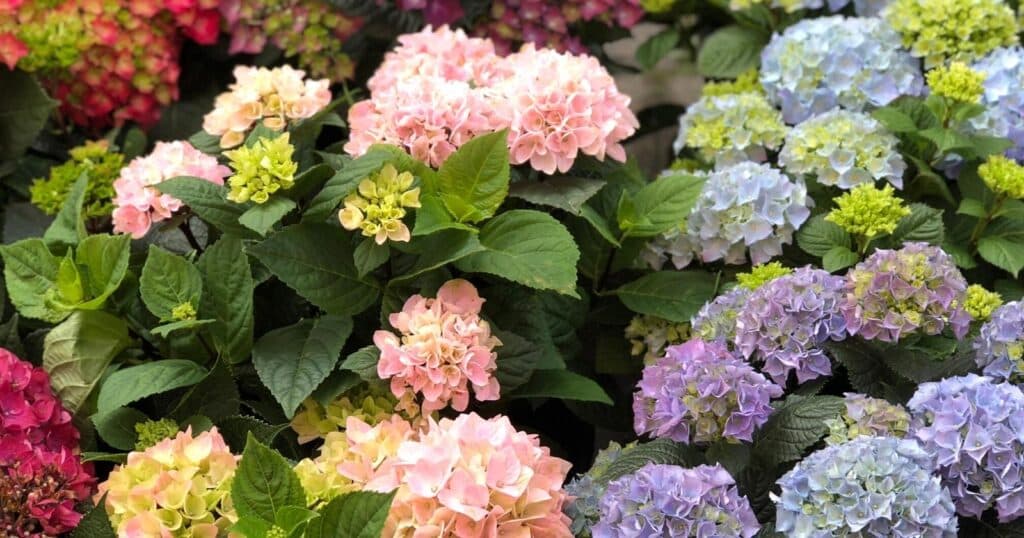
Whether as a shrub or a vine, beauty and grace are easily showcased with hydrangeas in any outdoor garden. Though they can be grown indoors as a window or container plant, hydrangeas have large leaves and cluster-like flowers. They are well-known for their showy pink, blue, green, purple, red, and white blooms. Hydrangeas are also dense-growing plants that are classified as invasive.
To produce thriving hydrangeas, there are certain standard conditions that must be met, such as:
- Fertile well-draining soil without excess moisture.
- Exposure to partial sunlight.
- Proper watering and fertilizers. Compost also helps to improve soil contents.
- Correct pruning
Hardiness Zones for Hydrangeas
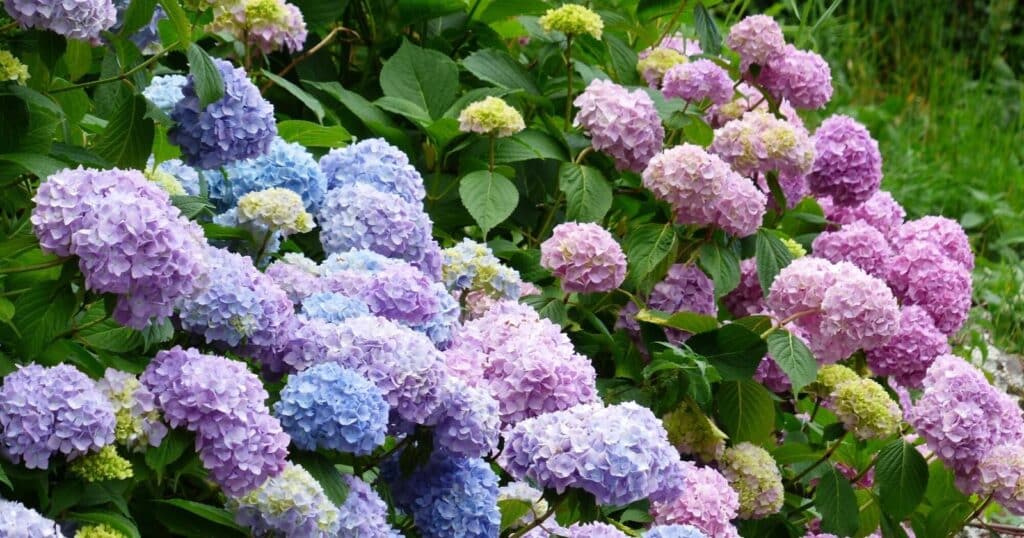
Most hydrangeas grow in USDA hardiness zones 3 through 7, but there are numerous varieties of hydrangeas that can survive in hardiness zones up to 9. Hardiness zones are used to determine if a plant can thrive during harsh temperatures. Even though some hydrangeas can endure colder temperatures, some winter protection is required to protect new blooms.
Zone 3
Temperature ranges for zone 3 are -40℉ to -30℉. States that fall within this zone are Montana, North Dakota, Minnesota, Maine, Colorado, Vermont, New York, and Wisconsin. Only portions of the states fall into this zone. Hydrangeas would still be perennials if grown here.
Zone 4
Cold temperatures range from -30℉ to -20℉ for zone 4. States within this zone are Michigan, Wisconsin, Minneapolis, South Dakota, Wyoming, Nebraska, Montana, Idaho, Vermont, Maine, New York, and Iowa. Some states have more coverage with zone 4, and others barely have a large surface area covered with this zone. Perennial hydrangeas can thrive in this zone.
Zone 5
With temperatures of -20℉ to -10℉, zone 5 has more states with more coverage areas. However, there are still areas with less coverage on the hardiness zone map. States in this zone are Washington, Idaho, Colorado, Montana, Wyoming, New Mexico, Illinois, Indiana, Wisconsin, Michigan, Ohio, New York, Massachusetts, Connecticut, New Hampshire, Vermont, and Pennsylvania. Perennial hydrangeas flourish in this zone.
Zone 6
Hardiness zone 6 has ranging temperatures of -10℉ to 0℉. States in this zone are Washington, Arizona, Nevada, Utah, some parts of Colorado, New Mexico, northern parts of Texas, Oklahoma, Kansas, Missouri, Kentucky, Illinois, a small portion of Tennessee, Ohio, West Virginia, Pennsylvania, Rhode Island, New Jersey, small parts of Philadelphia, Massachusetts, and Connecticut. Hydrangeas that are perennials blossom in this zone.
Zone 7
Hydrangeas are grown as perennials in hardiness zone 7. The cold temperatures here range from 0℉ to 10℉. States in this zone include Virginia, West Virginia, northern parts of Georgia, Philadelphia, Alabama, Tennessee, northern parts of Arkansas, Mississippi, Texas, parts of California, Arizona, New Mexico, and Nevada.
Zone 8
Zone 8 has temperatures ranging from 10℉ to 20℉. Northern California, southern Nevada, Arizona, Texas, New Mexico, Louisiana, Mississippi, Alabama, southern Georgia, northern Florida, South Carolina, and North Carolina are states that are found in zone 8. Perennial hydrangeas do well in this zone.
Zone 9
In hardiness zone 9, cold temperatures range from 20℉ to 30℉. This zone has cold temperatures, but it also has much warmer temperatures. Lower parts of Florida, Louisiana, and Texas are a few of the states that are found in this zone. Not all perennial hydrangeas thrive in this zone. Only those who require less watering would do well in zone 9.
Hydrangea Varieties
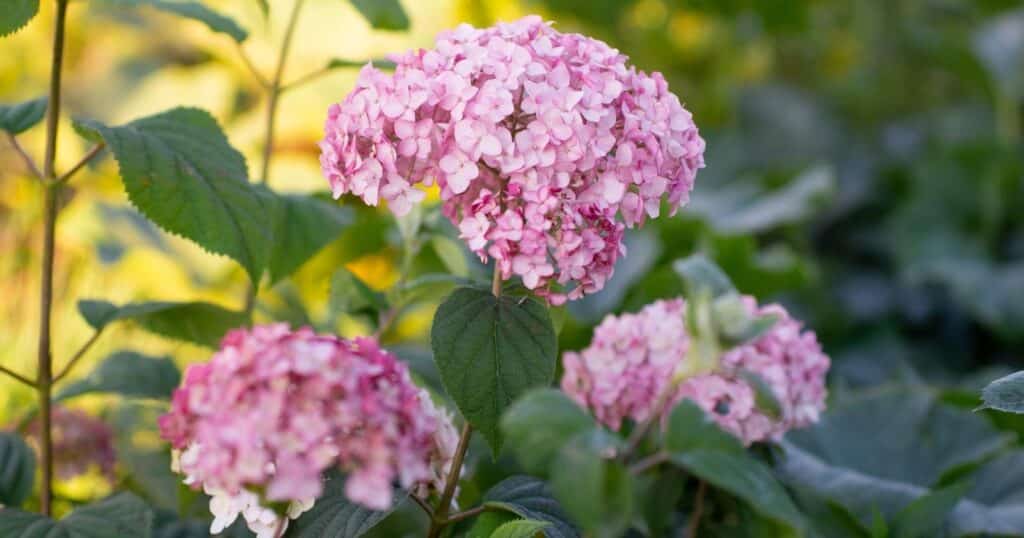
There are many hydrangea varieties— over 70 different species. Each with its own unique characteristics like bloom color, size, height, and even plant type. Here we have listed the six main varieties of hydrangeas.
- Bigleaf hydrangea, or Hydrangea macrophylla:
- Climbing hydrangea, or Hydrangea anomala
- Mountain hydrangea, or Hydrangea serrata
- Oakleaf hydrangea, or Hydrangea quercifolia
- Smooth hydrangea, or Hydrangea arborescens
- Panicle hydrangea, or Hydrangea paniculata
Bigleaf Hydrangea
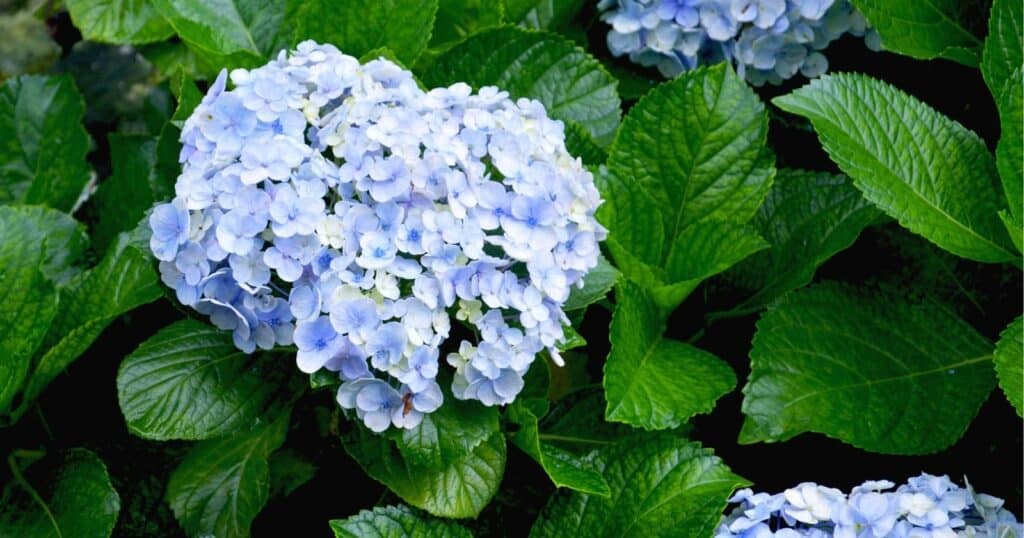
A shrub with beautiful blue, purple, or pink flowers is a simple description of a Bigleaf hydrangea. Its flowers are in the form of ball-shaped clusters. Bigleaf hydrangeas bloom on old wood and flourish in shaded areas.
Climbing Hydrangea
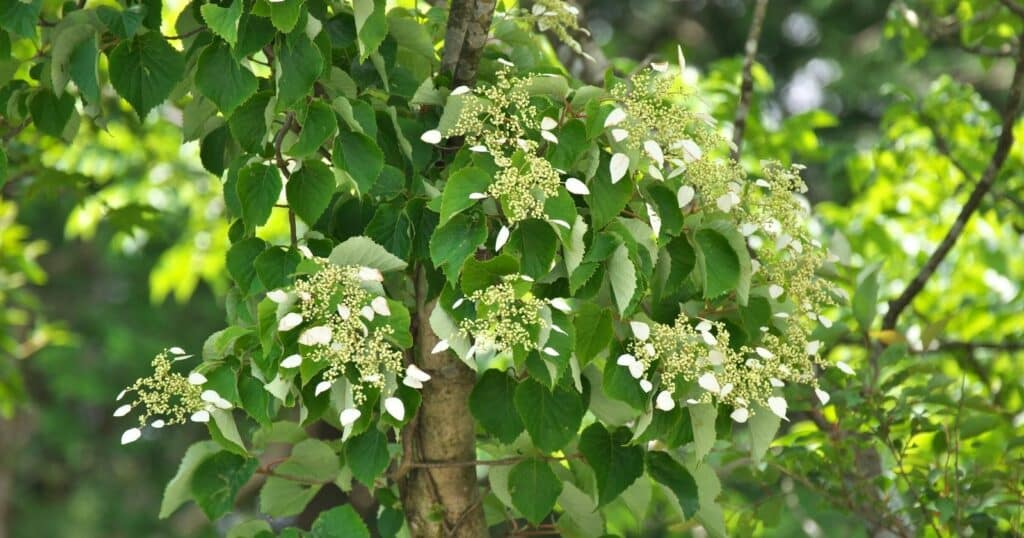
This plant is a versatile woody climbing vine that can be grown as a shrub or trained to a trellis. With its green oval-shaped glossy leaves, plant growth is slow during the first three years—afterward, the growth rate increases to produce numerous fertile and infertile (lacecap) flowers.
Mountain Hydrangea
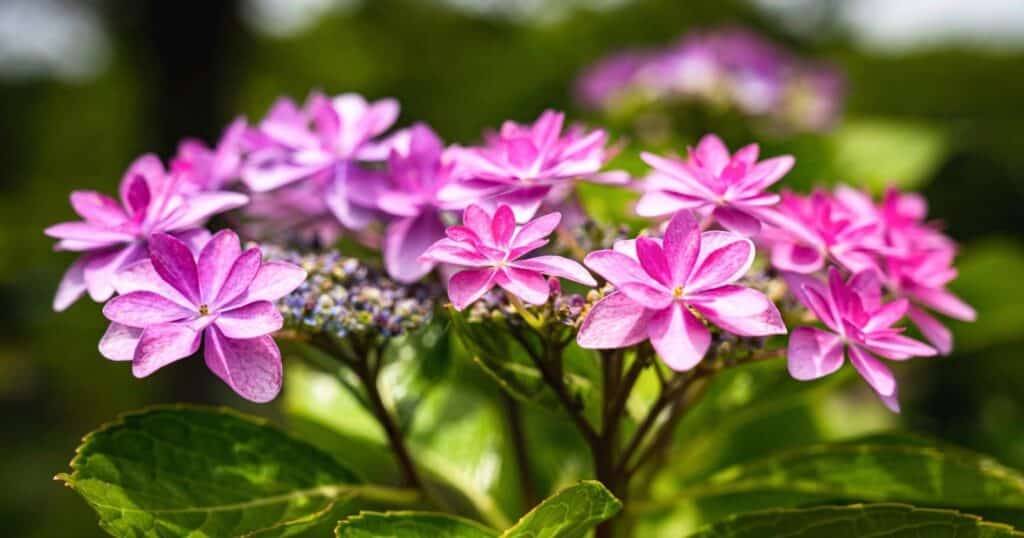
Similar in appearance to Bigleaf hydrangeas, Mountain hydrangeas also bloom from old wood. It is a hardier and smaller plant compared to Bigleaf hydrangeas. Mountain hydrangeas have small leaves and flower clusters in blue and pink.
Oakleaf Hydrangea
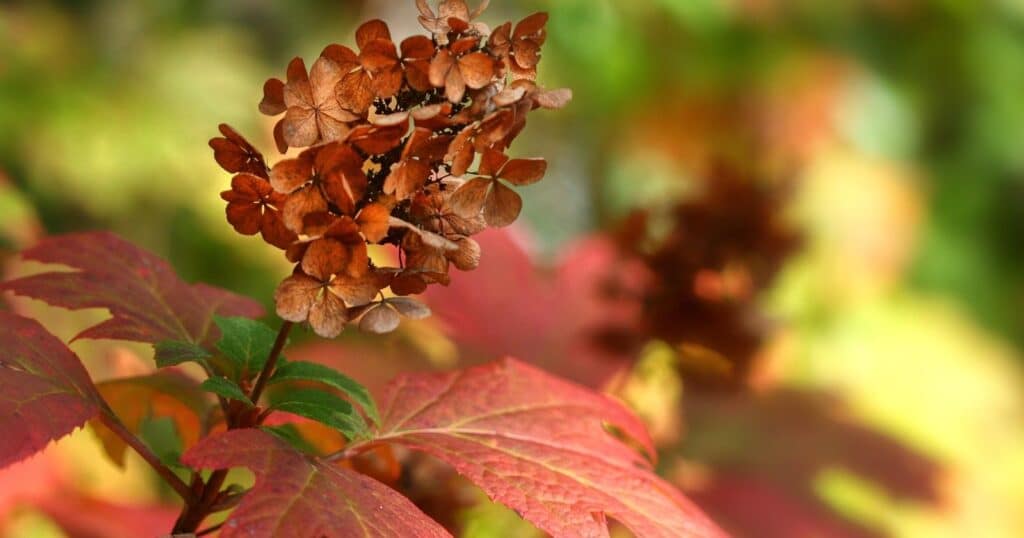
Oakleaf hydrangeas are native to North America. These plants produce flowers that cluster and take the shape of a pyramid. The flower clusters grow to be 6 to 12 feet long, and they tend to droop from the weight of the blooms. Its leaves are uniquely oak-shaped.
Smooth Hydrangea
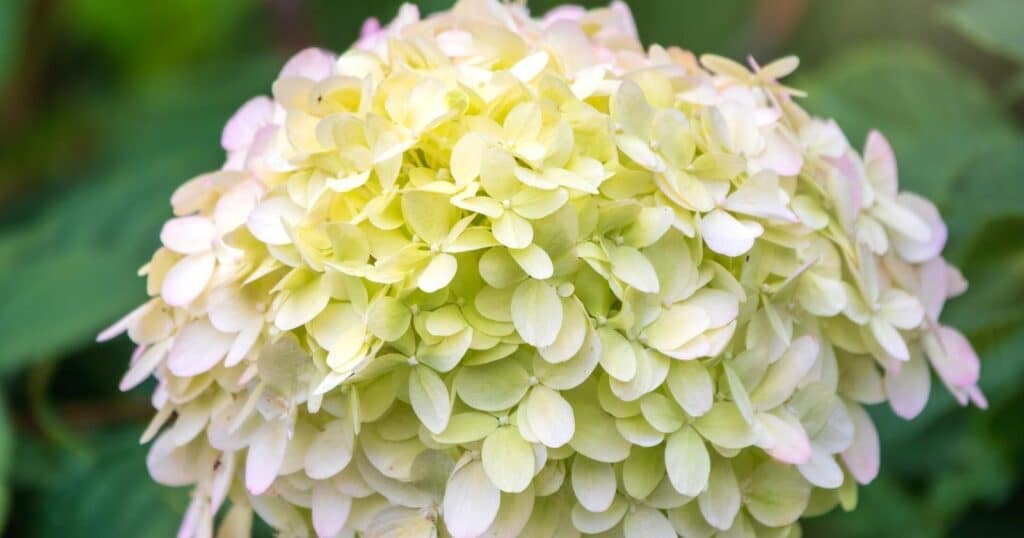
Considered a short plant, Smooth hydrangeas grow to be about 3 feet tall. Their flowers are usually white, cream, lime green, or pink. These rounded flowers are also native to North America.
Panicle Hydrangea
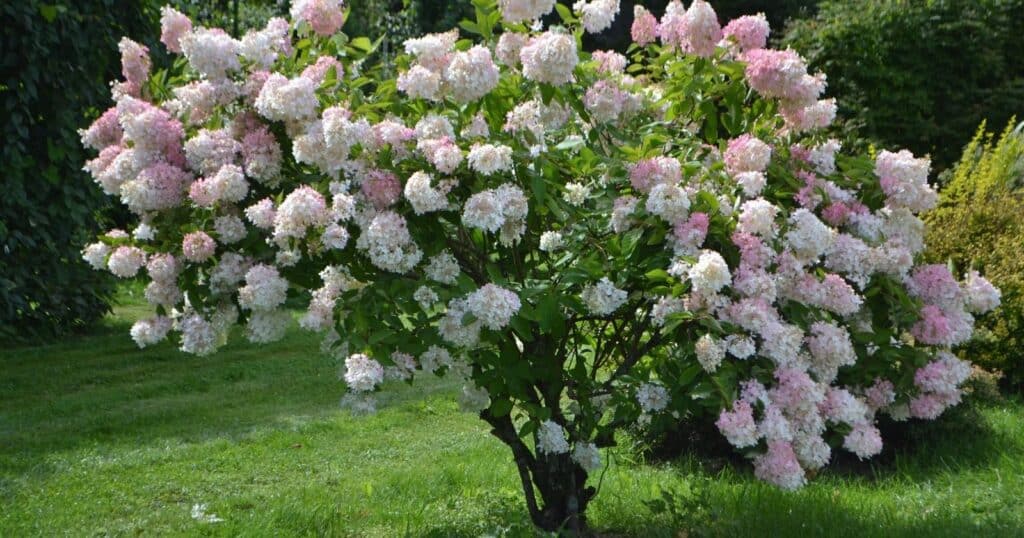
The Panicle hydrangea is available in tall and short, or dwarf, forms. This variety is the only hydrangea that is able to grow in a taller tree-like form— growing 8 feet tall or more. The flowers of this plant are similar to a pyramid shape, and they come in the colors white, cream, lime green, pink, and sometimes red.
Unique Color Changing Hydrangeas
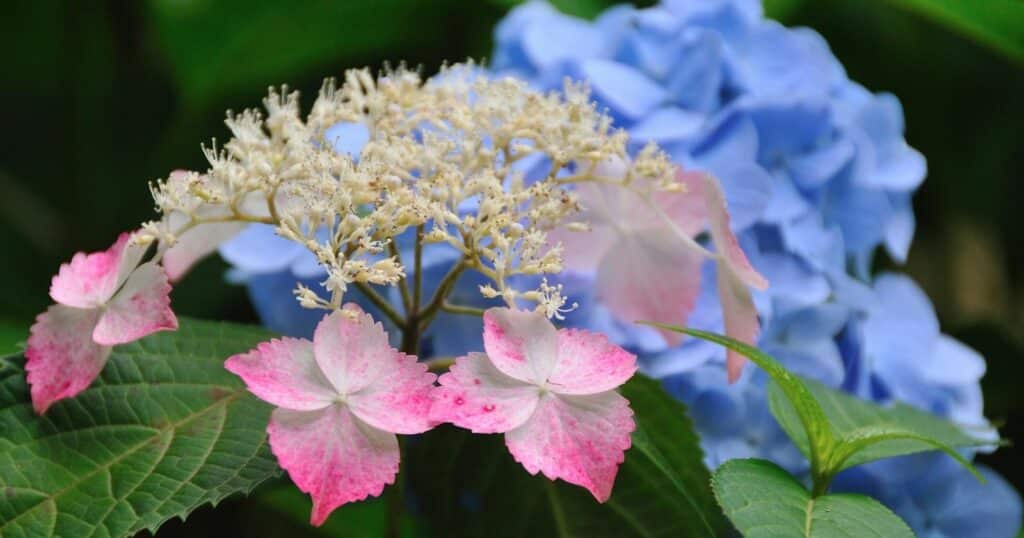
Hydrangeas can grow in just about any type of soil — from sandy and clay soils with an acidic pH to neutral soil and even alkaline soil. One unique characteristic of hydrangeas is that gardeners can change the color of their hydrangeas depending on the soil’s pH.
This is only true for some varieties of hydrangeas like Hydrangea macrophylla (Bigleaf Hydrangea) and Hydrangea serrata (Mountain hydrangea). The color change also takes time to happen, sometimes months. Lowering the soil’s pH takes less time than raising it.
Wrap Up
If you have ever seen or had the opportunity to grow hydrangeas, you are familiar with why this plant is a classic favorite. It tolerates many different types of soil and can survive harsh environments.
No wonder hydrangeas are considered beginner-friendly. These gorgeous colorful deciduous perennials can be grown as annuals depending on the hardiness zones. Hydrangeas thrive the most when planted during the most favorable conditions, like in dormant seasons and during the cooler parts of the day.
Planning ahead is only a small step in increasing the survival of your hydrangea, and knowing what to expect before you plant gives you— the gardener— something to look forward to. Wouldn’t the wait for blooms be a bit more daunting if you didn’t know when you would see them?
You’ve selected your hydrangea, and you know when to plant it. The remaining steps are to fully understand how to care for your hydrangea—master that. Happy planting!

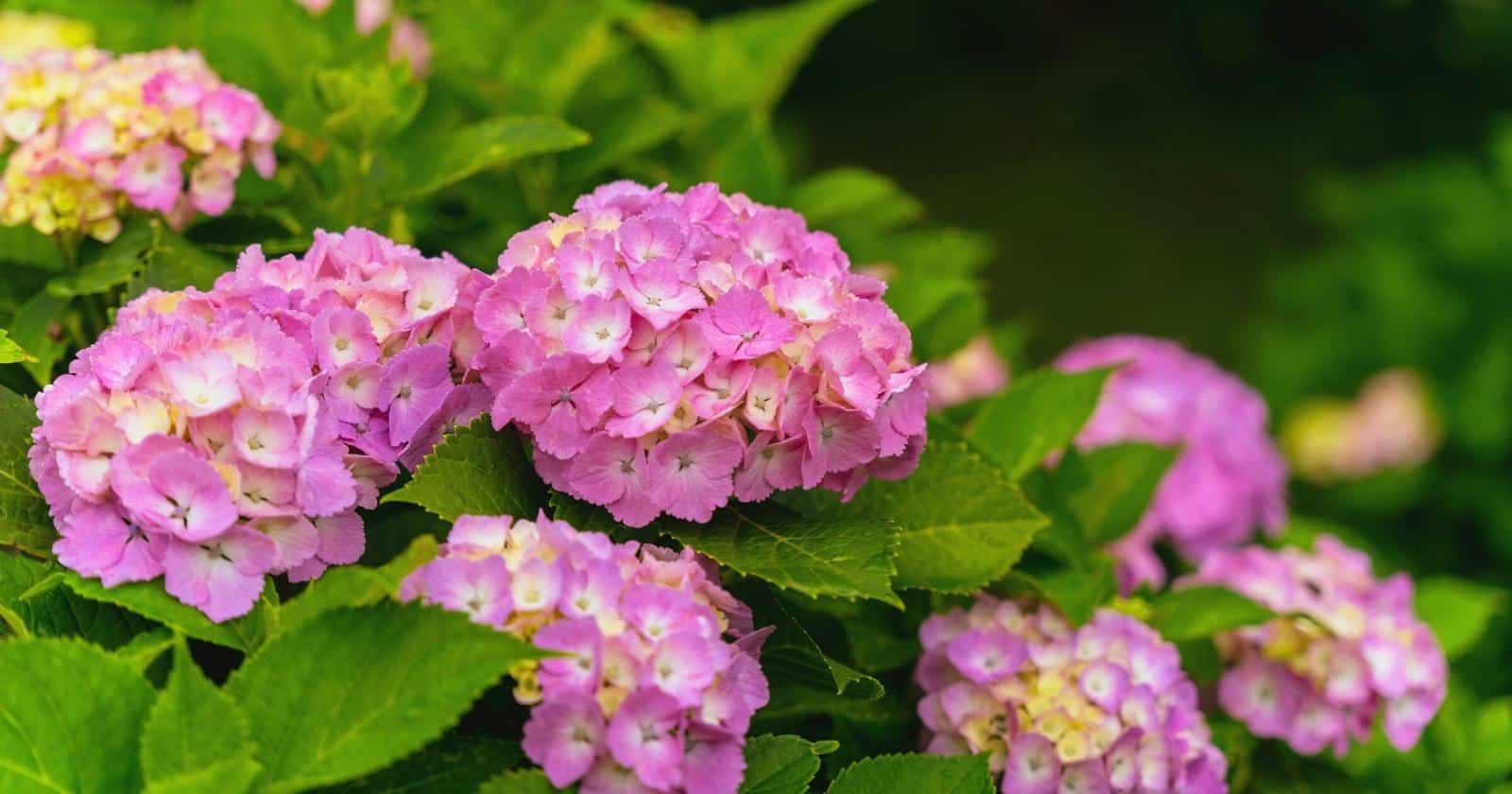
Leave a comment